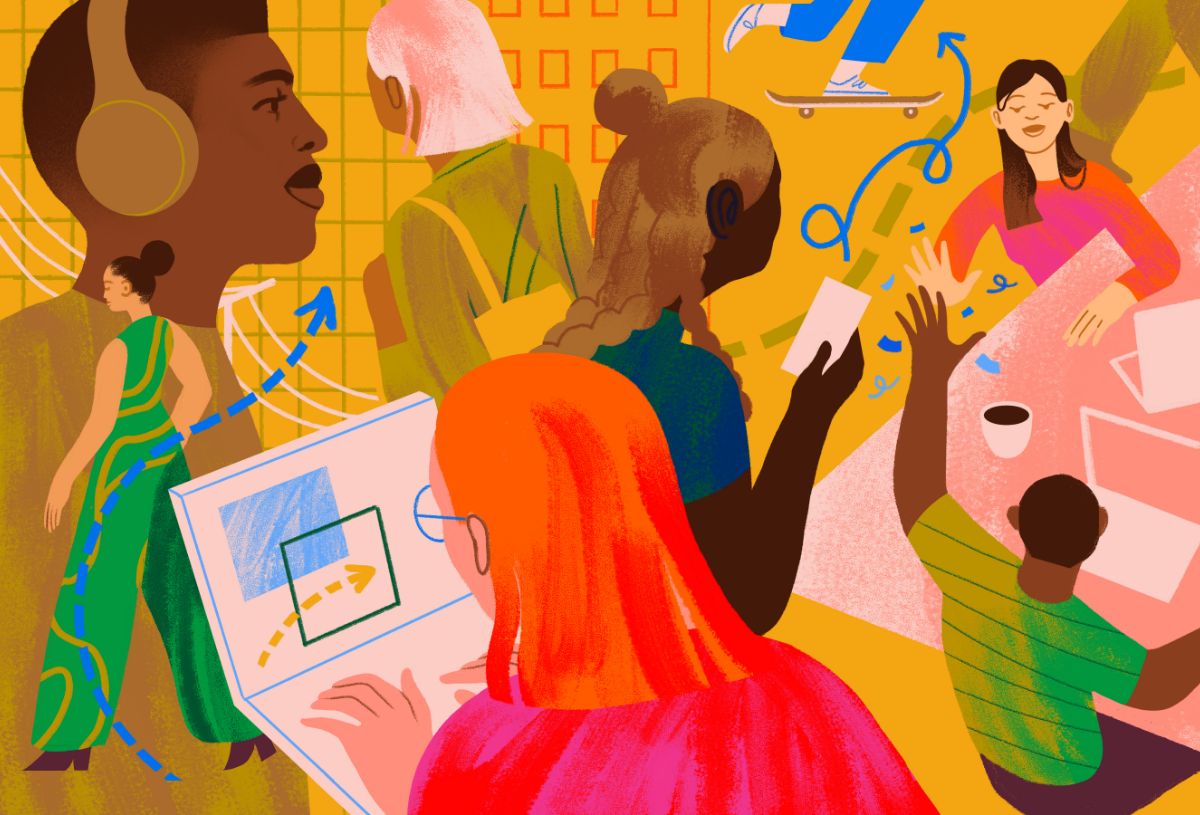How Your Employee’s Previous Job Can Affect Your Company Culture

Updated on
March 18, 2025
18
March
2025
It might seem unfair, but it’s true: Employees’ experiences with recognition in previous jobs will impact the way they perceive, and even perform in, their current job. If recognition was infrequent, insincere, or impersonal at their last gig, they’ll bring a sense of jadedness with them to their next. And conversely, if their former employer offered recognition that was frequent, meaningful, and personalised, they’ll bring high appreciation expectations with them when they join your team.
As a business leader, it’s your job to combat your employees’ past recognition experiences (or, if those experiences were positive, to match or exceed them). And the best way to do it is through integrated recognition.
When you read the word “integrated,” you might think of technology and data-sharing apps. But “integrated recognition,” means recognition that’s highly integrated into an organisation’s culture. And it involves much more than plugging recognition tools into your existing systems. It means plugging recognition into each employee’s everyday experience.
Here’s how different levels of recognition integration (RI) impact employees’ perceptions of their current company after a job change:

Companies who bake recognition into their employees’ very first experiences and use it frequently and consistently afterward can not only reduce the effects of bad-recognition baggage, they can increase the odds of high performance in the future.
More specifically, highly integrated recognition increases the odds of:
- Great work (+1,181%)
- High engagement (+784%)
- Thriving company culture (+684%)
…and decreases the odds of:
- Employee attrition (-29%)
- Employee burnout (-80%)
How to integrate employee recognition into your workplace culture
With 71% of employees saying “not feeling valued” was a significant part of why they left their previous jobs, companies can’t afford to miss the mark here. So let’s take a deeper look at what recognition integration (RI) is, and how to implement it well.
Let’s start with an informal assessment. How does your organisation stack up on the following eight criteria of a high RI company culture?

If your company scores anywhere from “meh” to “absolutely not” on any of these points, then it’s probably a good place to start making adjustments. If leader-employee or peer-peer recognition is infrequent, you might need to rethink your recognition training or comms strategy. If recognition experiences are homogenous or impersonal, consider gathering employee feedback about their preferred types of recognition.
Here are some practical tips to help you move the needle.
Find more reasons to recognise
While companies with low RI tend to recognise for only a handful of special reasons, organisations with high RI encourage recognition for all sorts of things, such as helping a coworker, delighting a customer, completing a project early, or taking on extra work. No effort, success, or milestone is too small.
Encourage peer-to-peer recognition
Companies with low RI tend to reserve recognition-giving for a select few. Companies with high RI ensure that everyone can give and receive recognition, which greatly increases the odds that recognition reaches everyone and worthy work doesn’t go unnoticed.
It’s also important to provide all team members with training about the importance of frequent, purposeful recognition and how to interact with your recognition program.
Think small and frequent, not big and rare
Our research shows that smaller, more frequent acts of appreciation are more valued than the occasional grand gesture—especially if they’re personalised. Personalisation can be as simple as a custom note or a chance to select a gift that’s personally relevant.
Start at the beginning
Onboarding is the best time to connect people with your high RI culture. If an employee is coming to you with a troubled recognition past, address it right off the bat with a thoughtful gesture of appreciation, whether it’s a home-delivered swag box, a desk drop, a special first-day lunch, or a barrage of welcome notes from the team.
Recognise holistically
An employee recognition platform that simplifies admin oversight, empowers everyone to recognise, and offers diverse ways and opportunities to recognise is a must. But don’t underestimate the power of a verbal recognition moment in a meeting, an expression of gratitude on your company’s IM platform, a sympathetic ear, or a handwritten note.
Check out our Global Culture Report for more research-backed insights about integrated recognition and its role in a thriving workplace culture.



